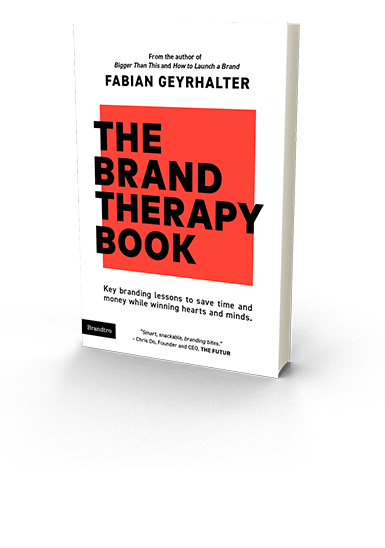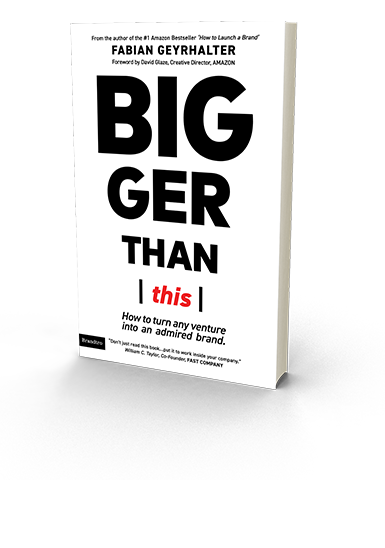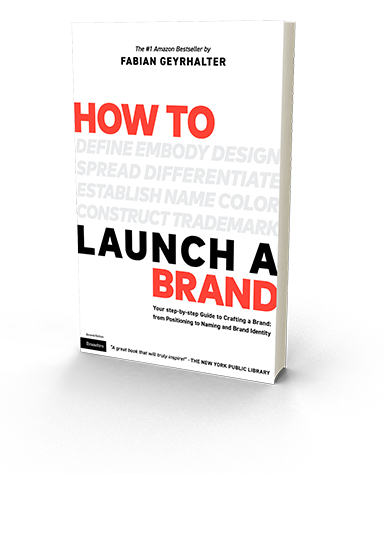Tag Archives: Elevator Pitch
Vision Critical: How to Cut Through The Brand Statement Clutter
Creating a positioning statement, a mission statement and a vision statement. Not to mention the mighty elevator pitch. It can drive Founders of new, and CMO’s of not so new ventures completely insane.
Rightfully so.
How much do they really differ? Which comes first? How do I translate one into another? Does anyone really care, or will I only create statement confusion, brand angst or promise dizziness amongst my team and my audience?
Start with these 2 steps in order to not go insane while you craft what really should be a wonderful A-HA experience for yourself and your team:
1. Get The One And Only Statement You Will Never Publish Right
You won’t use your positioning statement ever; in public that is.
Yet, this is the very sentence that will drive everything about your brand. The positioning statement is your brand in a one sentence statement. It’s not a quick read (most often it’s a mouthful) and it is not meant to be outward-facing. This one is for your eyes only. It is crafted so you can base any and all other brand statements on it. It is everything about your brand: The who, the how, the what and the all-important why. A business plan disguised in a brand coat.
2. Fuse Mission And Vision Statements Into One – The One And Only You Will Publish
Once you have the positioning statement noted, translate it into a vision/mission statement combo. Yes, in my eyes they can be one and the same; it’s all you need.
When you think about the mission you are on, it can, and should translate into the big vision, or the ‘true north‘ you foresee for your brand. Make it easy for people and create one powerfully inspiring statement that is built on the ‘why’ – anything happening after the ‘because’ from within aforementioned positioning statement.
Taking the Alzheimer’s Association as an example, albeit a bit wordy. Currently we see two separate statements on their web site:
Using my proposed approach, these could be simply morphed into one powerful brand statement:
“[MISSION] We are on a mission to eliminate Alzheimer’s disease through the advancement of research; to provide and enhance care and support for all affected; and to reduce the risk of dementia through the promotion of brain health [VISION] in order to ultimately live in a world without Alzheimer’s disease.“
The mission is what you are currently setting out to achieve (and often are already achieving). The vision is the big, lofty goal. One should lead to another; naturally. By doing so it does not lead to statement confusion, instead you tell the story in a chronological order; a logical order, really.
- Positioning = the brand foundation
- Mission/Vision = showcased publicly, the ‘brand statement’
- Elevator pitch = in conversation only
There you have it, your public brand statement, plus two helpers.
Now go spend the extra time putting the words into action. Your team will thank you.
Re-think Your Elevator Pitch: How To Successfully Introduce Your Brand In Conversation
It’s not that you don’t need to think about your elevator pitch, but I want you to think differently about it.
Like everything in your business, you should not focus on the what, when and how initially, but think about the why instead. You are seeking a specific outcome. What is that outcome? The answer is simple: You need to get people to understand what you do and you’d like them to care about it; perhaps care enough to start seeing you as a prospect to conduct business with, but at the very least enough to continue the conversation with you rather than dashing away towards a more interesting crowd – the crowd that does not pitch them, but that stimulates meaningful conversations. That is the kind of crowd you need to embody.
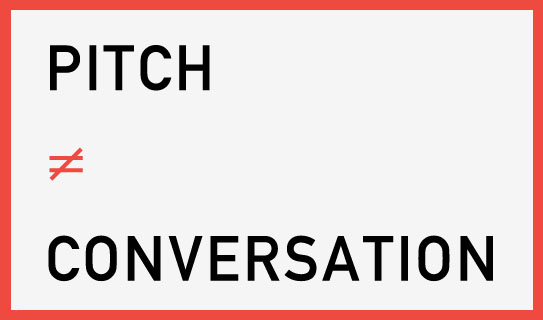
Why should a good conversation include a trained, and most often awkward, pitch? Don’t spend time writing your elevator pitch line, instead think about how you could trigger a question in the person that asked about what you do. Don’t make it into a question (because that really is a pitch), but into a statement that triggers a question.
Don’t craft a monologue sentence about your venture’s operations and target audience, instead think about how you would tell a new friend after a long dinner (potentially with a few alcoholic beverages involved) once they ask ‘So what do you do for a living?’ I bet the answer would not be your trained elevator pitch, instead it would be a very casual and passionate way of stating that thing you do to generate income. Simple and honest. A continuation down the dialogue road that you have already situated yourself on. It takes time, energy and sometimes gut to engage in, and continue, a meaningful conversation with a stranger, especially in business settings such as conferences and summits.
Don’t let the elevator pitch kill what you have established.
When I re-positioned my design and brand agency (Geyrhalter & Company) into FINIEN a few years ago, I initially took the same (wrong) path down the elevator pitch road. Here is how that sounded: ‘We are a specialized brand consultancy creating brand strategy, brand names and brand identities for new ventures.’
No! Boooring. Oh boy, there must be many of those consultancies. It sounded great on my plane ride to the conference. Yes, I noted it down and memorized it; it truly was my elevator pitch. Then I tested it in social settings and it was awful. No one, seriously not a single person, cared.
After lunch that day I changed it to: ‘We make sure startups get branding right from the get-go’ – Ha! Interesting. – That’s cool. Tell me more. – Boy, that truly is a real pain point you are solving.
Bingo!
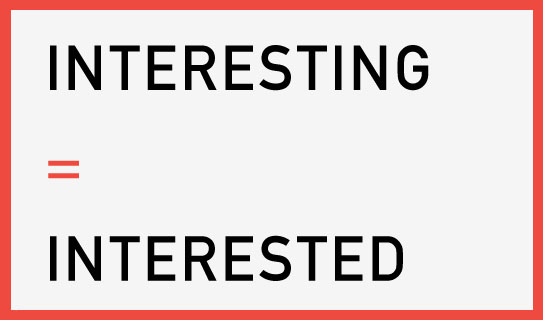
During evening activities that day it changed to a bolder ‘We ensure startups don’t screw up branding’ and it was an instant hit (with follow-ups turning into actual clients).
Simple, personal, interesting. Created to continue a conversation, while moving it towards how I can be of assistance to the person I was not pitching, but simply chatting with. I did not stutter through a memorized statement (that’ll be an elevator pitch), instead I created a very simple conversation starter.
Just like with all things branding, you have to be interesting in order to have someone be interested in you. So skip that pitch and think of the easiest, shortest, most casual and distinct way you can say what you do that only begs for one single outcome: the amicable continuation of your conversation in context of your brand.


